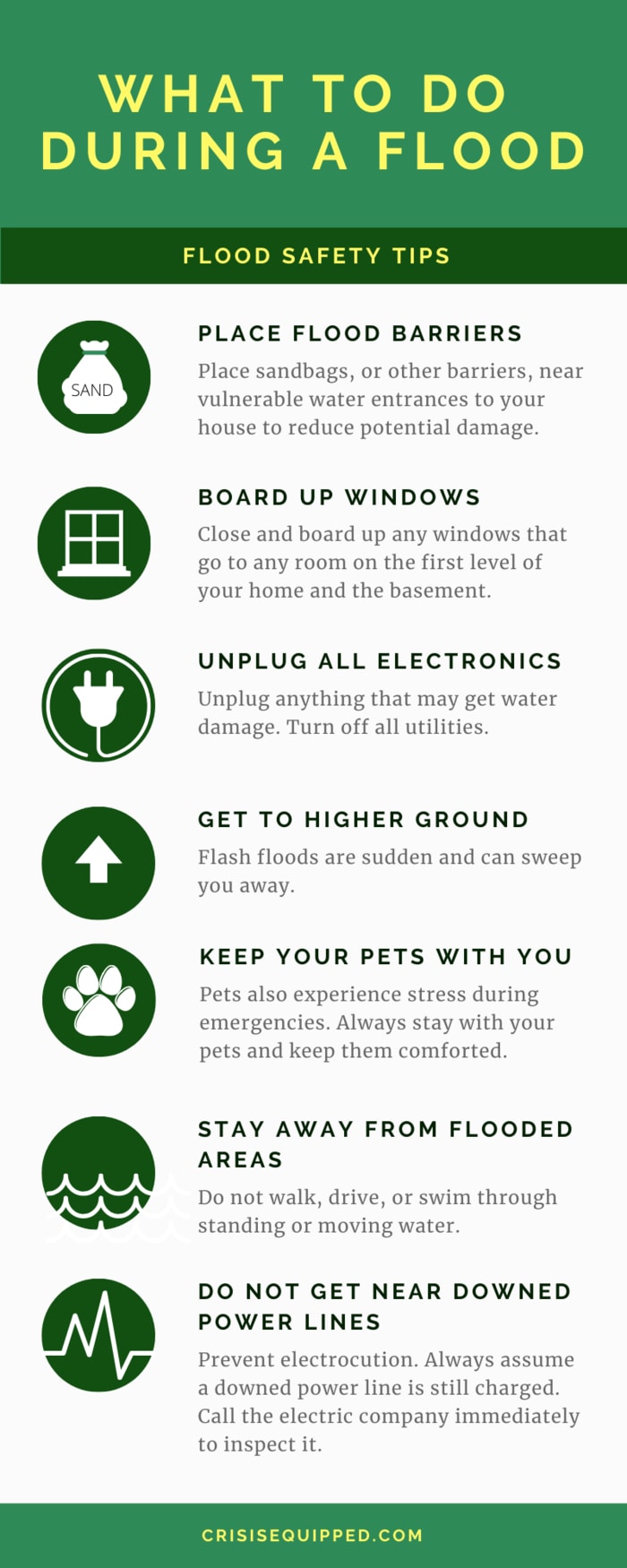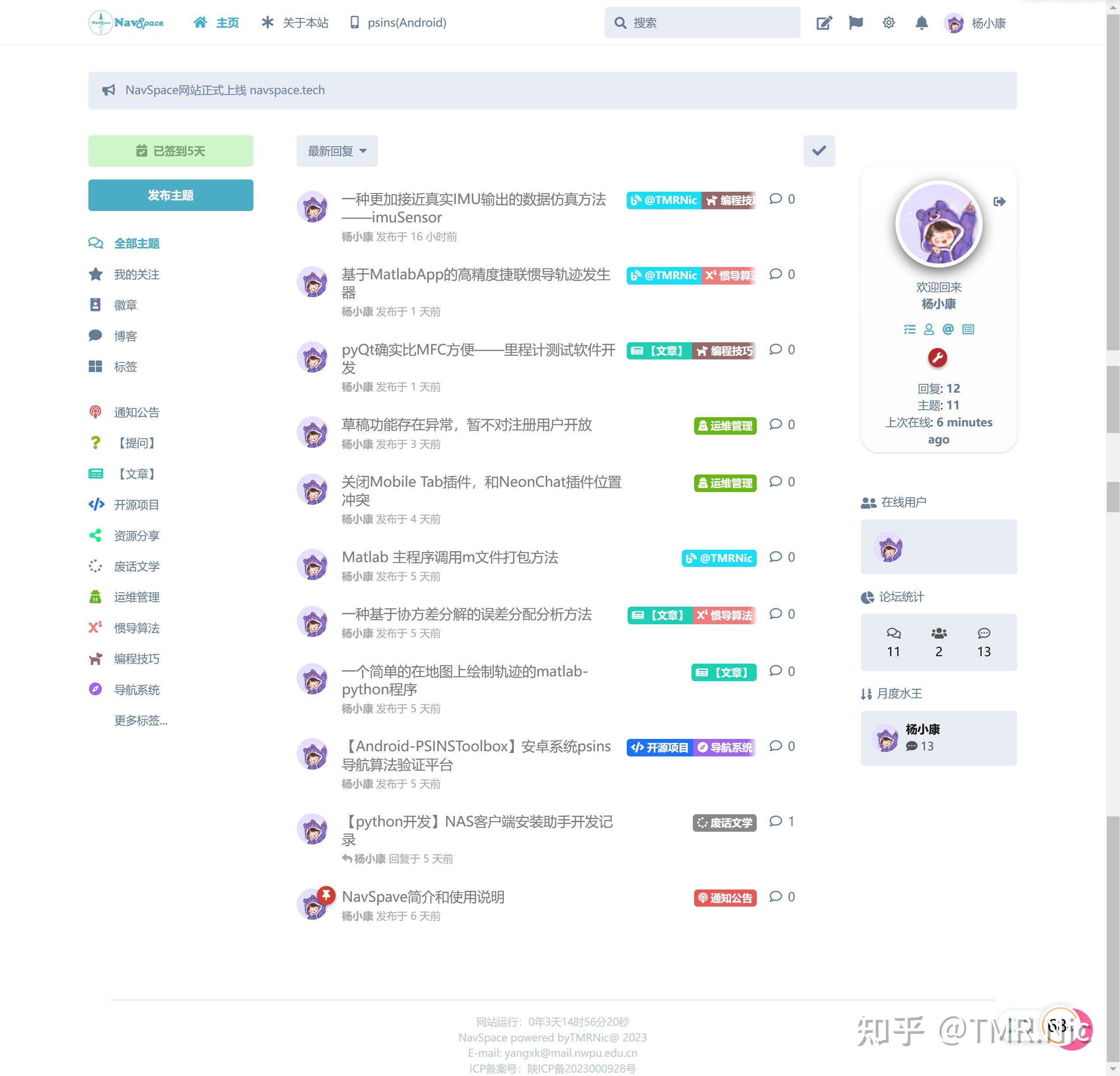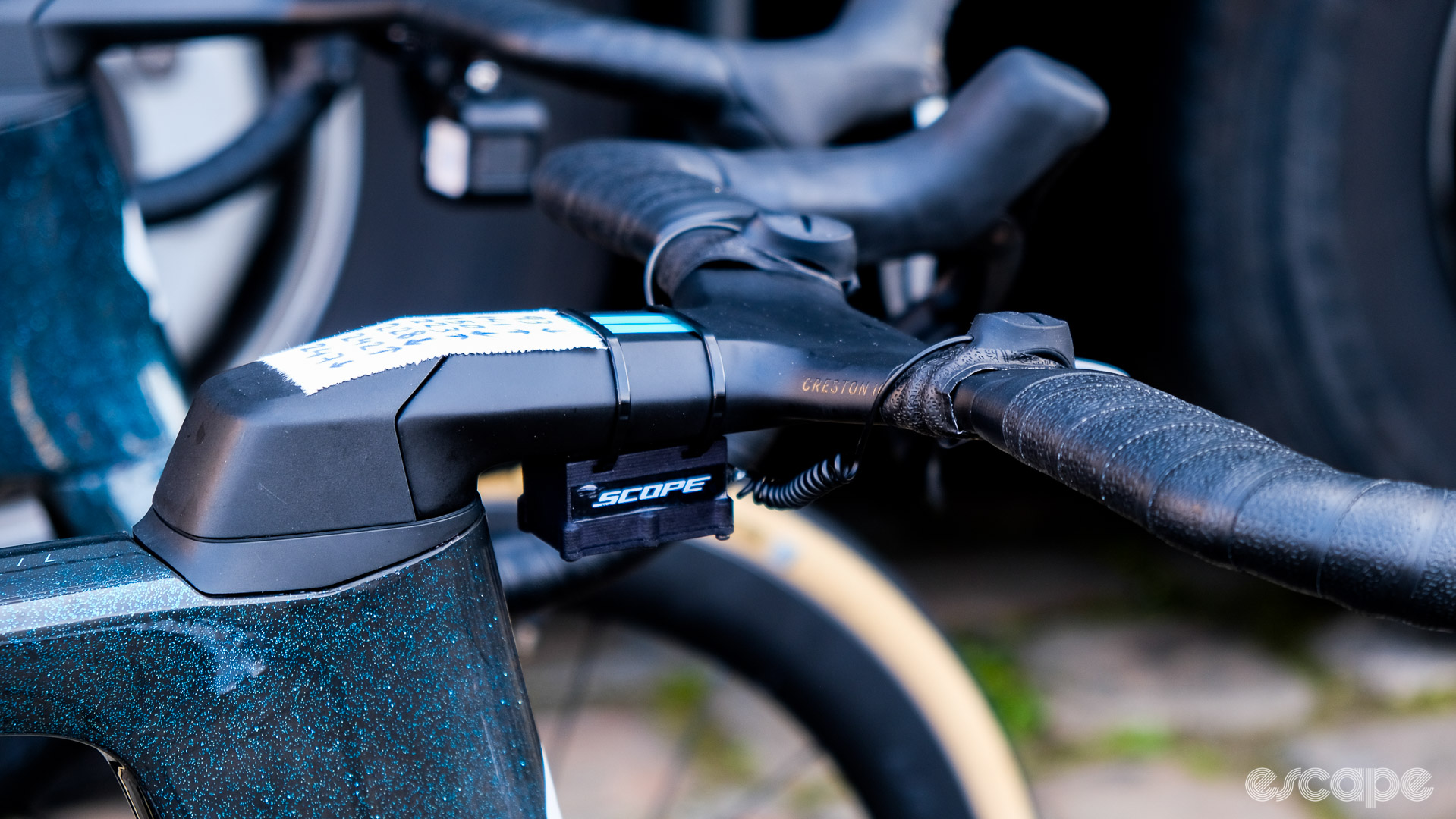Effective Flood Alerts: Your Guide To Flood Safety And Preparedness

Table of Contents
Understanding Flood Alerts and Warning Systems
Effective flood alerts are crucial for preparedness. Understanding the different types of alerts and how to receive them is the first step in protecting yourself and your loved ones.
Different Types of Flood Alerts
Flood alerts come in different forms, each signifying a different level of risk:
- Flood Watch: Conditions are favorable for flooding. Be prepared to take action. Example wording: "A Flood Watch is in effect...Flooding is possible."
- Flood Warning: Flooding is occurring or is imminent. Take immediate action. Example wording: "A Flood Warning is in effect...Flooding is occurring or expected to occur."
- Flood Advisory: Flooding is possible in certain areas. Be aware of the conditions. Example wording: "A Flood Advisory is in effect...Minor flooding is possible."
These alerts are typically issued by the National Weather Service (NWS), local authorities, and emergency management agencies.
How to Receive Flood Alerts
Staying informed is vital. Here are several ways to receive timely flood alerts:
- Weather Apps: Download reputable weather apps like AccuWeather, The Weather Channel, or WeatherBug. Many offer customizable alerts.
- Text Alerts: Sign up for text alerts through your local emergency management agency or the NWS.
- Radio and Television: Local news broadcasts provide crucial updates during severe weather events.
- NOAA Weather Radio: A dedicated weather radio offers continuous alerts and forecasts.
Interpreting Flood Alert Information
Understanding the information within an alert is critical. Pay close attention to:
- Affected Areas: Identify whether your location is in a designated flood-prone area.
- Severity: Gauge the potential impact based on the alert type (watch, warning, advisory).
- Expected Timing: Note when the flooding is expected to begin and end.
Understanding terms like "flash flood," which refers to a rapid and sudden flood, is crucial for immediate action.
Preparing for Floods: A Proactive Approach
Proactive planning significantly reduces the impact of a flood.
Developing a Family Emergency Plan
A well-defined family emergency plan is essential. This should include:
- Evacuation Routes: Identify multiple escape routes from your home, considering potential road closures.
- Meeting Points: Designate a primary and secondary meeting point outside the affected area.
- Communication Strategies: Establish a method to communicate with family members during and after the flood (e.g., a designated contact person, pre-arranged meeting place). Consider the needs of elderly family members or individuals with disabilities when developing the plan.
Creating a Flood Emergency Kit
Assemble an easily accessible emergency kit containing:
- Water: One gallon per person per day for at least three days.
- Food: Non-perishable food items sufficient for three days.
- Medications: A supply of essential medications for at least seven days.
- First-Aid Kit: Include bandages, antiseptic wipes, pain relievers, etc.
- Important Documents: Keep copies of insurance policies, identification, and other crucial documents in a waterproof container.
Keep the kit in an easily accessible, high and dry location.
Protecting Your Property
Take steps to mitigate flood damage:
- Elevate Valuables: Move important items to higher levels of your home.
- Install Flood Barriers: Consider installing temporary or permanent flood barriers around your property.
- Purchase Flood Insurance: Flood insurance is often not included in standard homeowner's insurance policies; it is a vital investment in flood-prone areas.
Responding to Flood Alerts and Evacuation Orders
Swift action is paramount when a flood warning is issued.
Acting on Flood Warnings
- Move Valuables to Higher Ground: Relocate furniture, electronics, and other important belongings to upper floors or a safe location.
- Turn Off Utilities: Turn off electricity, gas, and water to prevent further damage.
- Evacuate If Necessary: If instructed to evacuate, do so immediately and follow official evacuation routes.
Safe Evacuation Practices
- Avoid Driving Through Floodwaters: Floodwaters can be deceptively deep and fast-moving. "Turn around, don't drown."
- Be Aware of Debris: Flooding often carries dangerous debris; avoid contact.
- Use Designated Evacuation Routes: Follow instructions from authorities.
Seeking Shelter During a Flood
- Evacuation Centers: Locate nearby evacuation centers by contacting local emergency services.
- Friends and Family: If possible, seek shelter with friends or family outside the affected area.
Post-Flood Recovery and Safety
Recovering from a flood requires careful planning and safety precautions.
Assessing the Damage
- Safety First: Before entering your home, ensure it's structurally sound and safe to enter.
- Professional Inspection: Have a professional inspect for structural damage and potential hazards like mold and electrical issues.
Cleaning and Restoration
- Discard Contaminated Items: Dispose of any items that have come into contact with floodwater.
- Mold Remediation: Address mold issues promptly to prevent health problems.
- Professional Cleanup: Consider professional help for large-scale cleaning and restoration.
Seeking Assistance and Resources
Many resources are available to assist flood victims:
- FEMA (Federal Emergency Management Agency): Provides financial assistance and disaster relief.
- Red Cross: Offers emergency shelter, food, and other support services.
- Insurance Companies: File insurance claims promptly to expedite the recovery process.
Conclusion
Effective flood alerts are your first line of defense against the devastating effects of flooding. Understanding different alert levels, proactive preparation, swift response to warnings, and careful post-flood recovery are all crucial components of a comprehensive flood safety plan. Create your personalized plan today, sign up for flood alerts in your area through your local authorities or the NWS ([link to NWS]), and share this vital information with your family, friends, and neighbors. Remember, proactive steps and reliable flood alerts are essential for minimizing damage and ensuring safety. Don’t wait; take control of your flood preparedness and create a safer future.

Featured Posts
-
 Investment Opportunity Apple Stock Projected To Hit 254 Buy At 200
May 25, 2025
Investment Opportunity Apple Stock Projected To Hit 254 Buy At 200
May 25, 2025 -
 Uspekhi Nashego Pokoleniya Vzglyad Na Proydenniy Put
May 25, 2025
Uspekhi Nashego Pokoleniya Vzglyad Na Proydenniy Put
May 25, 2025 -
 Bangkok Post Ferrari Unveils State Of The Art Facility
May 25, 2025
Bangkok Post Ferrari Unveils State Of The Art Facility
May 25, 2025 -
 Avrupa Borsalari Guenluek Degerlendirme Ve Gelecek Tahmini
May 25, 2025
Avrupa Borsalari Guenluek Degerlendirme Ve Gelecek Tahmini
May 25, 2025 -
 Stock Market Valuation Concerns Bof As Insights And Recommendations
May 25, 2025
Stock Market Valuation Concerns Bof As Insights And Recommendations
May 25, 2025
Latest Posts
-
 Tadej Pogacars Raw Tour Of Flanders Data Shared On Strava
May 26, 2025
Tadej Pogacars Raw Tour Of Flanders Data Shared On Strava
May 26, 2025 -
 Iconic Michael Schumacher Ferrari F1 Car A Monaco Auction Highlight
May 26, 2025
Iconic Michael Schumacher Ferrari F1 Car A Monaco Auction Highlight
May 26, 2025 -
 2025 Paris Roubaix Innovative Gravel Tech And Tyre Solutions On Display
May 26, 2025
2025 Paris Roubaix Innovative Gravel Tech And Tyre Solutions On Display
May 26, 2025 -
 Brad Pitts F1 Movie Apple Maps Collaboration Unveiled
May 26, 2025
Brad Pitts F1 Movie Apple Maps Collaboration Unveiled
May 26, 2025 -
 Tadej Pogacars Tour Of Flanders Strava Data No Flag This Year
May 26, 2025
Tadej Pogacars Tour Of Flanders Strava Data No Flag This Year
May 26, 2025
